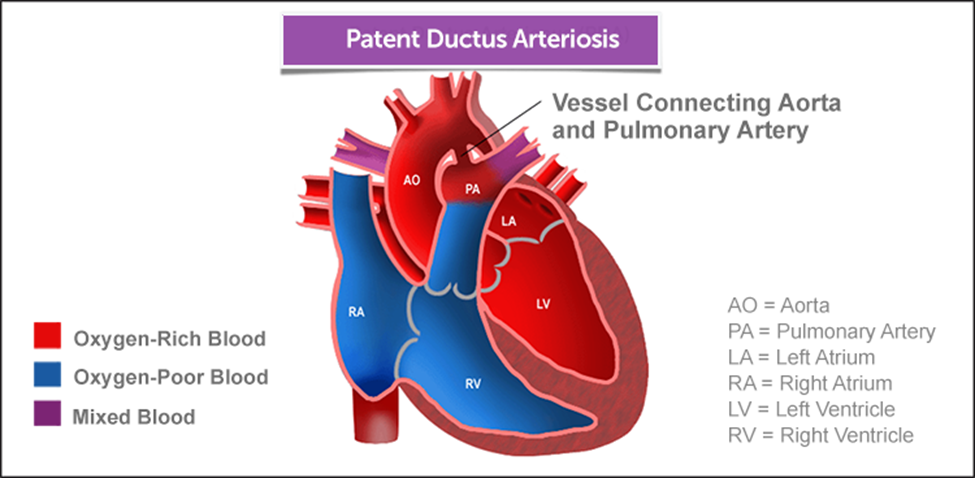The parent of a 6-year-old child arrives at a clinic because the child has been experiencing itchy, red, and swollen eyes. The nurse notes a discharge from the eyes and sends a culture to the laboratory for analysis. Chlamydial conjunctivitis is diagnosed. On the basis of this diagnosis. the nurse determines that which requires further investigation?
Possible sexual abuse
Possible trauma
Presence of an allergy
Presence of a respiratory infection
The Correct Answer is A
A. Possible sexual abuse.
Correct Answer: Chlamydial conjunctivitis in a child can raise concerns about possible sexual abuse. Chlamydia trachomatis, the bacterium responsible for chlamydial conjunctivitis, is commonly transmitted through contact with infected genital secretions. Therefore, the presence of chlamydial conjunctivitis in a child may warrant further investigation into the possibility of sexual abuse.
B. Possible trauma:
Incorrect: While trauma can cause eye-related symptoms, chlamydial conjunctivitis is specifically associated with an infection caused by Chlamydia trachomatis.
C. Presence of an allergy:
Incorrect: Allergic conjunctivitis may cause itchy, red, and swollen eyes, but chlamydial conjunctivitis is caused by a bacterial infection and is not related to allergies.
D. Presence of a respiratory infection:
Incorrect: Chlamydial conjunctivitis is not typically associated with respiratory infections. It is primarily caused by Chlamydia trachomatis and is more commonly linked to genital tract infections.
Nursing Test Bank
Naxlex Comprehensive Predictor Exams
Related Questions
Correct Answer is ["C","D","E"]
Explanation
A. Set the water heater at 65.6° C (150° F):
The recommended temperature for a water heater is around 49°C (120°F) to prevent burns. Setting it at 65.6°C (150°F) can lead to scald injuries.
B. Install accordion style gates: Accordion-style gates are not recommended because they can pose a strangulation risk. The safer option is to use gates with vertical or horizontal slats that are spaced closer together.
C. Fit the mattress so that it is snug against the sides of the crib: A snug-fitting mattress prevents gaps where the baby could get trapped or injured.
D. Tie plastic bags in knots before discarding them:
This prevents accidental suffocation or choking hazards that can occur if an infant gets hold of a plastic bag.
E. Serve food in small, non-circular pieces:Serving food in small, non-circular pieces reduces the risk of choking. Infants should be given age-appropriate foods to minimize the risk of choking, and cutting food into small, easy-to-manage pieces is recommended.
Correct Answer is D
Explanation
A. "This shunting allows oxygenated and unoxygenated blood to mix."
Explanation: This statement is correct. In PDA, the shunting of blood between the aorta and pulmonary artery allows oxygenated and unoxygenated blood to mix, leading to decreased oxygen saturation in the systemic circulation.
B. "Blood is shunted to the right side of the heart."
Explanation: This statement is correct. In PDA, blood is shunted from the left side of the heart (aorta) to the right side of the heart (pulmonary artery).
C. "This shunting results in increased pulmonary blood flow."
Explanation: This statement is correct. PDA leads to increased pulmonary blood flow as a result of the shunting of blood from the aorta to the pulmonary artery.
D. "Blood is shunted to the left side of the heart."
Explanation:
A patent ductus arteriosus (PDA) is a congenital heart defect where the ductus arteriosus, a fetal blood vessel that normally closes shortly after birth, remains open. In PDA, blood is shunted from the aorta (left side of the heart) to the pulmonary artery (right side of the heart), resulting in increased pulmonary blood flow. Therefore, the correct statement is that "Blood is shunted to the right side of the heart."

Whether you are a student looking to ace your exams or a practicing nurse seeking to enhance your expertise , our nursing education contents will empower you with the confidence and competence to make a difference in the lives of patients and become a respected leader in the healthcare field.
Visit Naxlex, invest in your future and unlock endless possibilities with our unparalleled nursing education contents today
Report Wrong Answer on the Current Question
Do you disagree with the answer? If yes, what is your expected answer? Explain.
Kindly be descriptive with the issue you are facing.
